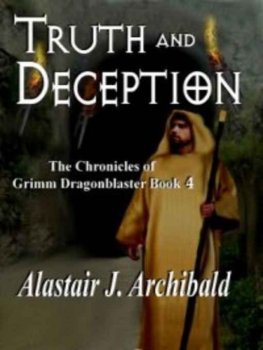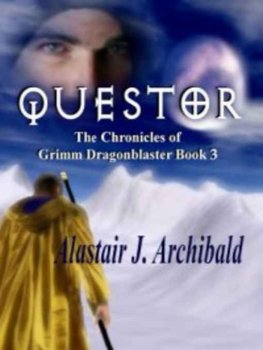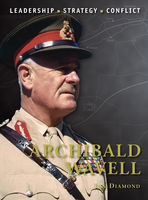A. H. (Archibald Henry) Sayce - A Primer of Assyriology
Here you can read online A. H. (Archibald Henry) Sayce - A Primer of Assyriology full text of the book (entire story) in english for free. Download pdf and epub, get meaning, cover and reviews about this ebook. year: 2019, publisher: Sophene, genre: Religion. Description of the work, (preface) as well as reviews are available. Best literature library LitArk.com created for fans of good reading and offers a wide selection of genres:
Romance novel
Science fiction
Adventure
Detective
Science
History
Home and family
Prose
Art
Politics
Computer
Non-fiction
Religion
Business
Children
Humor
Choose a favorite category and find really read worthwhile books. Enjoy immersion in the world of imagination, feel the emotions of the characters or learn something new for yourself, make an fascinating discovery.

- Book:A Primer of Assyriology
- Author:
- Publisher:Sophene
- Genre:
- Year:2019
- Rating:5 / 5
- Favourites:Add to favourites
- Your mark:
- 100
- 1
- 2
- 3
- 4
- 5
A Primer of Assyriology: summary, description and annotation
We offer to read an annotation, description, summary or preface (depends on what the author of the book "A Primer of Assyriology" wrote himself). If you haven't found the necessary information about the book — write in the comments, we will try to find it.
A Primer of Assyriology — read online for free the complete book (whole text) full work
Below is the text of the book, divided by pages. System saving the place of the last page read, allows you to conveniently read the book "A Primer of Assyriology" online for free, without having to search again every time where you left off. Put a bookmark, and you can go to the page where you finished reading at any time.
Font size:
Interval:
Bookmark:

AUTHOR OF 'FRESH LIGHT FROM THE ANCIENT MONUMENTS'
'ASSYRIA, ITS PRINCES, PRIESTS, AND PEOPLE,' ETC.
56 PATERNOSTER ROW AND 65 ST. PAUL'S CHURCHYARD
| PAGE |
| CHAPTER I |
| THE COUNTRY AND ITS PEOPLE |
| GeographyPopulation and LanguageThe ChaldaeansThe Kassi Natural ProductsCanalsArchitectureAsphalt and Naphtha Character of the Babylonians and Assyrians |
| CHAPTER II |
| THE DISCOVERY AND DECIPHERMENT OF THE INSCRIPTIONS |
| The Site of BabylonThe Site of NinevehExcavationsThe Decipherment of the InscriptionsThe Decipherment tested SumerianVannicOther LanguagesThe origin of the Cuneiform SyllabarySimplification of the Syllabary |
| CHAPTER III |
| BABYLONIAN AND ASSYRIAN HISTORY |
| Different States in BabyloniaThe first EmpireThe monuments of TelloChronologyThe United MonarchyThe rise of Assyria Babylon a sacred cityTiglath-pileser IThe First Assyrian EmpireThe Second Assyrian EmpireThe Babylonian EmpireCyrus and the Fall of BabylonBelshazzarDecay of Babylon |
| CHAPTER IV |
| RELIGION |
| The religions of Babylonia and AssyriaDifferences between Babylonian and Assyrian religionSumerian religion Shamanistic Two centres of Babylonian religionSemitic influenceThe goddess IstarBel-MerodachOther deitiesSacred books and ritualThe PriestsThe TemplesAstro-theologySacrifices and offeringsThe SabbathMonotheistic tendencyThe future lifeCosmology |
| CHAPTER V |
| BABYLONIAN AND ASSYRIAN LITERATURE |
| Aids to the reading of the textsThe librariesVarieties of literatureThe texts autotypesAstronomyMathematicsMedicine and lawHistory and mythologyThe Chaldaean epic and the DelugeEpic of the Creation |
| CHAPTER VI |
| SOCIAL LIFE |
| The Contract-tabletsMarried LifeBurialSlaveryLowness of WagesPropertyTaxesPricesUsuryThe ArmyNavyThe Bureaucracy |
| APPENDIX |
| Assyrian Measures of LengthMeasures of CapacityMeasures of Weight and CoinageThe Months of the Year |
| Babylonian KingsAssyrian KingsHigh Priests of AssurKings of Assyria |
| Synchronisms between Assyrian and Biblical History |
| The Principal Deities of Babylonia and Assyria |
Font size:
Interval:
Bookmark:
Similar books «A Primer of Assyriology»
Look at similar books to A Primer of Assyriology. We have selected literature similar in name and meaning in the hope of providing readers with more options to find new, interesting, not yet read works.
Discussion, reviews of the book A Primer of Assyriology and just readers' own opinions. Leave your comments, write what you think about the work, its meaning or the main characters. Specify what exactly you liked and what you didn't like, and why you think so.










